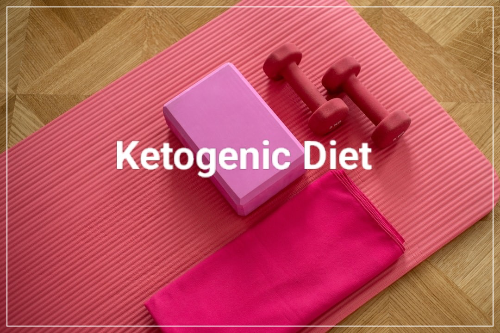
Introduction to the Ketobiotic Diet
The ketobiotic diet is a hybrid diet that combines elements of the ketogenic diet and the probiotic diet. It is a high-fat, low-carbohydrate diet that emphasizes the consumption of foods rich in healthy fats, proteins, and probiotics. The goal of the ketobiotic diet is to induce a state of ketosis, in which the body burns fat for energy instead of carbohydrates. Additionally, the diet aims to promote gut health by encouraging the consumption of probiotic-rich foods.
Benefits of the Ketobiotic Diet
The ketobiotic diet has been linked to a number of potential health benefits, including:
- Weight loss: The high-fat, low-carbohydrate nature of the ketobiotic diet can promote weight loss by reducing appetite and increasing calorie burn.
- Improved metabolic health: The ketobiotic diet has been shown to improve insulin sensitivity and reduce inflammation, which are both important factors in metabolic health.
- Increased energy levels: The ketobiotic diet can help to increase energy levels by providing the body with a steady supply of fuel from fat.
- Improved cognitive function: The ketobiotic diet has been shown to improve cognitive function and focus by providing the brain with a more efficient source of energy.
- Improved gut health: The ketobiotic diet emphasizes the consumption of probiotic-rich foods, which can help to improve gut health and digestion.
What to Eat on the Ketobiotic Diet
The ketobiotic diet focuses on the consumption of foods that are rich in healthy fats, proteins, and probiotics. Healthy fats include avocados, olive oil, coconut oil, nuts, and seeds. Proteins should come from sources such as eggs, fish, poultry, and legumes. Probiotic-rich foods include yogurt, kefir, kimchi, sauerkraut, and kombucha. Additionally, the diet should include plenty of non-starchy vegetables, such as leafy greens, broccoli, cauliflower, and peppers.
How to Get Started on the Ketobiotic Diet
Getting started on the ketobiotic diet is relatively simple. The first step is to eliminate processed foods and refined carbohydrates from your diet. This includes white bread, pasta, sugary drinks, and candy. Additionally, it is important to increase your intake of healthy fats, proteins, and probiotic-rich foods. Finally, it is important to drink plenty of water and get regular exercise.
Tips for Success on the Ketobiotic Diet
Here are a few tips for success on the ketobiotic diet:
- Plan your meals ahead of time. This will help you to make sure that you are eating the right foods and staying on track with your diet.
- Get enough sleep. Sleep is essential for overall health and well-being, and it can also help to boost your metabolism and reduce cravings.
- Manage stress levels. Stress can lead to unhealthy eating habits, so it is important to find healthy ways to manage stress, such as exercise, yoga, or meditation.
- Be patient. It can take some time for your body to adjust to the ketobiotic diet. Be patient with yourself and don't give up.
Conclusion
The ketobiotic diet is a promising new diet that offers a number of potential health benefits. It is a high-fat, low-carbohydrate diet that emphasizes the consumption of foods rich in healthy fats, proteins, and probiotics. If you are considering trying the ketobiotic diet, be sure to talk to your doctor first to make sure that it is right for you.
'smoothie&diet' 카테고리의 다른 글
| Alcohol and the Carnivore Diet: Benefits, Risks, and Tips for Responsible Consu (0) | 2023.10.04 |
|---|---|
| Preface to Food Diet Cookers: A Convenient Way to Enjoy Healthy Eating (0) | 2023.10.04 |
| The Benefits of a Cardboard Diet: A Guide to Eating Cardboard (0) | 2023.09.30 |
| The V-Shred Diet Plan: A Comprehensive Guide to Weight Loss (0) | 2023.09.30 |
| Endometriosis Diet: 4 Weeks to a Healthier You (0) | 2023.09.29 |



